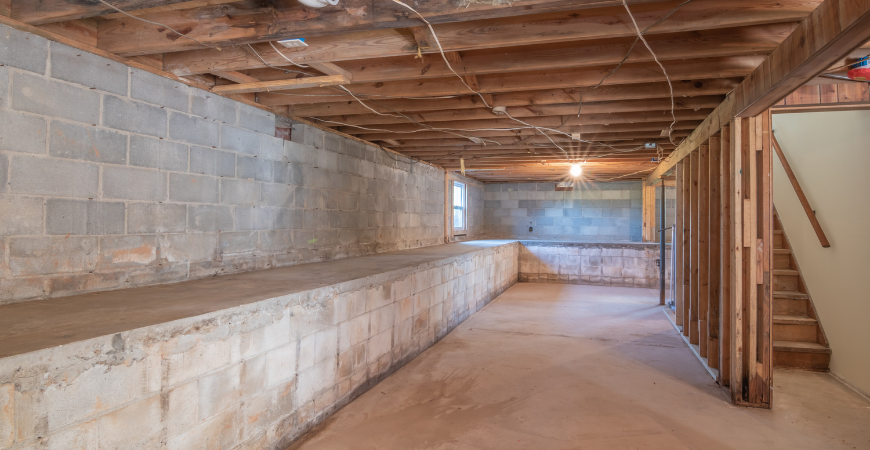Waterproofing Tanks and Swimming Pools: Recommended Techniques
Waterproofing is a critical aspect of maintaining the structural soundness and durability of tanks and swimming pools, as well as houses and structures in overall. Damage from water can lead to expensive repairs, health risks, and structural problems if left unaddressed. Whether you’re dealing with a basement that gets waterlogged during heavy rains or a swimming pool that leaks, understanding the importance of effective waterproofing techniques is crucial for any homeowner. This article will lead you through the top practices in waterproofing, helping you protect your investment and ensure a healthy environment for your family.

In an era where the results of water damage can be catastrophic, knowing how to properly waterproof your buildings becomes increasingly important. From debunking common waterproofing myths to discussing the nuances between interior and exterior solutions, we will address everything you need to know about mitigating water-related issues. Join as we examine how waterproofing can save you a significant amount in repairs and the indicators that indicate your home might need immediate attention. This thorough approach will equip you with the understanding necessary to tackle waterproofing directly and make educated decisions for your home projects. ### Key Waterproofing Techniques
Successful waterproofing starts with comprehending the specific requirements of your property. Assessing areas that are most susceptible to water damage is crucial. Common problem areas such as basements, roofs, and pools need special care. Routine inspections can aid in detecting current problems or future threats. Implementing a routine maintenance schedule can ensure that these areas remain in good condition, preventing water seepage before it becomes a costly problem.
Selecting the appropriate waterproofing technique is vital for enduring defense. For basements, consider interior and exterior solutions, as each has its advantages depending on your home's structure. Roof waterproofing is another critical area; flat roofs, in particular, benefit from specialized coatings that prevent leaks. Swimming pools require a comprehensive waterproofing approach to prevent leaks and cracks, ensuring they remain safe and enjoyable for years. Understanding the right product for each application will not only enhance effectiveness but also contribute to the longevity of your structures.
Finally, enlisting a professional waterproofing contractor can greatly impact the effectiveness of your waterproofing initiatives. Qualified experts can offer customized strategies that meet the unique challenges of your property. They can also help debunk common waterproofing myths, ensuring you invest in methods that truly work. Utilizing these key waterproofing strategies can protect your investment and reduce the chance of costly repairs in the future.
Typical Waterproofing Fallacies
Numerous homeowners think that waterproofing is only essential for spaces that are regularly subjected to water, including cellars and washrooms. This fallacy can cause neglecting other areas such as ceilings and patios, which are equally vulnerable to water damage. Failing to waterproof these spaces can result in major structural complications over time, which include fungal growth and deteriorating materials. Adequate waterproofing should be taken into account for all parts of a home, not just the easiest to identify areas.
Another common fallacy is that every waterproofing products are the same. In https://holbrook-polat.thoughtlanes.net/ways-to-select-the-appropriate-water-resistant-products , different materials and solutions are created for particular purposes and conditions. For instance, the waterproofing needed for a shower differs from that needed for a basement. Using the incorrect type can result in insufficient protection and costly repairs. read here should conduct thorough research or seek professional assistance to select the right products for their needs.
Certain people also assume that once a building has been waterproofed, little further maintenance is required. This is misleading, as waterproofing systems can deteriorate or become damaged over time due to natural conditions or building shifts. Routine inspections and maintenance are vital to maintain continued effectiveness. Ignoring this factor can cause significant water damage and repair costs, negating the original investment in waterproofing.
Determining the Proper Moisture-proof Solutions
In regards to choosing waterproofing solutions, comprehending the specific requirements of your building is essential. Different areas of a building may require specific approaches, such as interior and exterior waterproofing. For example, lower levels may need more durable solutions to combat humidity from the ground, while roofs require products that cope with harsh climatic conditions. Evaluating the surroundings, weather patterns, and the overall structure will guide you toward the most suitable waterproofing choices.
It's also important to evaluate whether to take a DIY strategy or hire a contractor. DIY tasks can reduce money, but they often come with challenges if not done accurately. Expert waterproofing services may be more affordable in the long run, as they typically include warranties and comprehensive evaluations. Knowing the benefits and disadvantages of each choice can help you make informed decisions that align with your budget and property’s needs.
Lastly, examine various waterproofing products available in the market. From coatings to membranes, the right product can enhance protection against water damage significantly. Look for choices that are environmentally friendly and have a established track record. Look into reviews, seek recommendations, and don’t shy away to consult waterproofing experts to ensure you choose trustworthy solutions that will provide long-term protection for your property or structure.